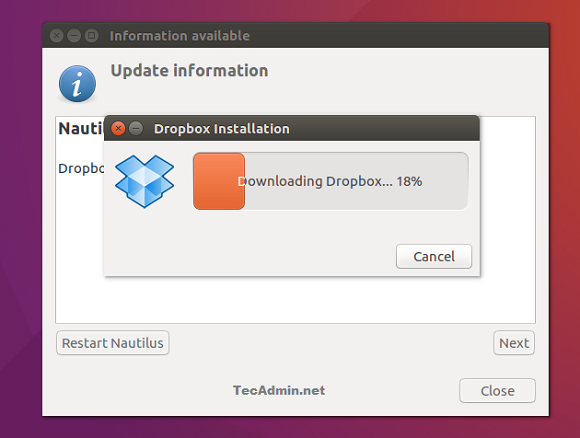

Step 4 – Once the install process is finish, continue with installing PHP5: apt-get install php5 php5-mysql -y Step 3 – OwnCloud is a web-based app that require a web server to run so go ahead to install Apache, don’t worry it is easy: apt-get install apache2 -y Step 2 – Make sure all packages are up to date using command below: apt-get update -y apt-get upgrade -y Like me, you will be asked to change default root password: Now login towards host as root (i suppose you knew utilizing SSH Putty that is/). Step 1 – Get a new Ubuntu 15.04 host, minimal variation is preferred. You could also require an effective knowledge to make use of Putty, SSH and typical Unix demand.*p.s: Never use DO before? Signup DigitalOcean via this link that is special**********) getting free $10 credit inside account. Also, the distro I use is Ubuntu 15.04 x86_64. But that does not suggest we don’t have actually a production host operating at DO, i’ve one which is pretty stable and solid. DO is my choice that is first because can build a server, test cool things and destroy.

In this specific article a droplet is used by me from DigitalOcean (DO) with 512MB of RAM and 20GB SSD storage. In this tutorial I will guide you to install OwnCloud 8 on Ubuntu 15.04 Vivid Vervet VPS on Apache, MariaDB and PHP5 stack, each steps with screenshot pic as always. You can simply look at the Applications tab and build a ready -to-use OwnCloud droplet but however the version in that image is not always updated regularly.( if you are really one of DigitalOcean’s fans out there,****)

OwnCloud is simply quite simple to have it set up in your VPS and also on a Shared web hosting. The best part of using OwnCloud is it yourself and the storage limit is only limited by the VPS plan you bought.( that you build****) OwnCloud is actually a app that is cool it is shortly a Dropbox-like app allows you to have your very own cloud storage to backup and sync your data across many devices including Desktop PC, laptop, iOS and of course Android devices.


 0 kommentar(er)
0 kommentar(er)
